Voice referendum: how the success rate plunges when states divide
Aside from the often-trumpeted fact that only eight out of 44 referendums have passed since federation, not one has been successful without at least five states voting Yes.
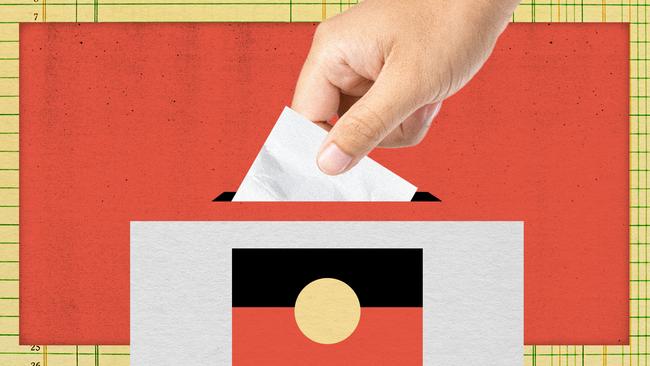
The Yes camp must scale several constitutional and historical mountains if it is to succeed at the October 14 voice referendum.
Aside from the often-trumpeted fact that only eight out of 44 referendums have passed since federation, not one has been successful without at least five states voting Yes – and the Indigenous voice to parliament and executive government currently has more Yes voters than No voters in two of the six.
And to top it off, the two states with the lowest support for the voice are the states with the highest strike rates for voting Yes over the past 117 years.
Not since 1977 has a referendum passed the requirements of a national majority as well as a majority in a majority of the six states to succeed.
Of the eight successful referendums, seven passed with a majority in every state, with the only other one passing in 1910 when NSW voted alone in rejecting an amendment to the Constitution allowing the commonwealth to take over any state debts incurred at any time.
But as soon as the states divide on a referendum, the prospects turn grim. Five referendums received a majority Yes vote nationally but failed the states test, while 20 referendums have yielded a Yes vote majority in one to three states but not nationally.
Eleven of the 44 referendums have failed to achieve a majority in any state, well and truly ensuring defeat. These included all of the six most recent referendums, held in 1988 (amendments regarding parliamentary terms, fairer elections, local government and specific rights and freedoms) and 1999 (the republic and adding a preamble to the Constitution).
Not one referendum has been supported by four of the six states, suggesting an “all in or go home” ethos has prevailed on vote days.
The most recent Newspoll demographic breakdown of voter intentions earlier this month showed the Yes vote short of a majority in every state, while Yes was behind in three states – Queensland, WA and Tasmania – and level in Victoria.
Of the six states, Western Australia has the highest strike rate for Yes votes – and the only strike rate above 50 per cent – returning 23 majorities out of 44, but this included the first 13 referendums from 1906 to 1919.
Ironically, Western Australia looms as one of the hardest states for the Yes camp to win over. The Newspoll breakdown shows just 39 per cent support for the voice in WA following uproar from landowners over the state government’s previously proposed Aboriginal cultural heritage laws, which have since been watered down.
Queensland – where the Yes vote for the voice trails the No vote by the biggest margin, 39 to 54 per cent – comes in with the second highest Yes strike rate in referendums, with 21 majorities out of 44. Tasmania has the lowest with just 10 Yes votes, while Victoria has the lowest on the mainland with 15.
Since World War II, NSW has been the most frequent Yes state, reaching a majority at 14 out of 26 referendums.
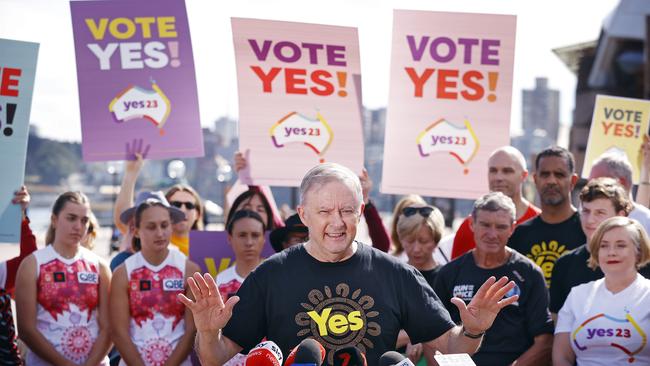
In one promising historical link for the Yes campaign, the most successful referendum was the previous one directly linked to Indigenous people, which passed with a national majority of 90.77 per cent.
The 1967 Yes vote removed a clause in the Constitution, thereby allowing the commonwealth to make laws for all people. Previously Aborigines were excluded. It also allowed the commonwealth to include Aborigines in the formal population.
No referendum has succeeded with a national vote below 54.39 per cent, the level achieved in 1946, when a post-war vote to give the commonwealth power over a range of social services successfully passed.
The vote on an Indigenous voice to parliament and executive government will be the first referendum ever held in October, one of only three months, along with January and February, never to have held one.
Four successful referendums (three together in 1977) have been held in May, the most common month for referendums (17 across five different years). One has passed in each of April, September, November and December.


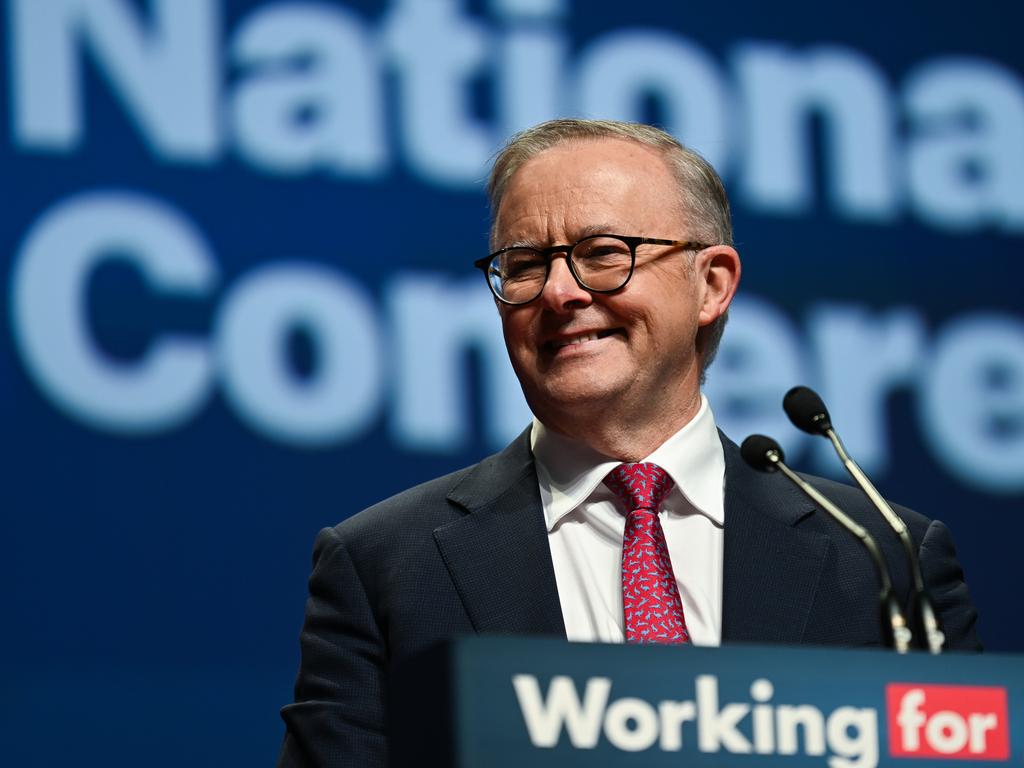
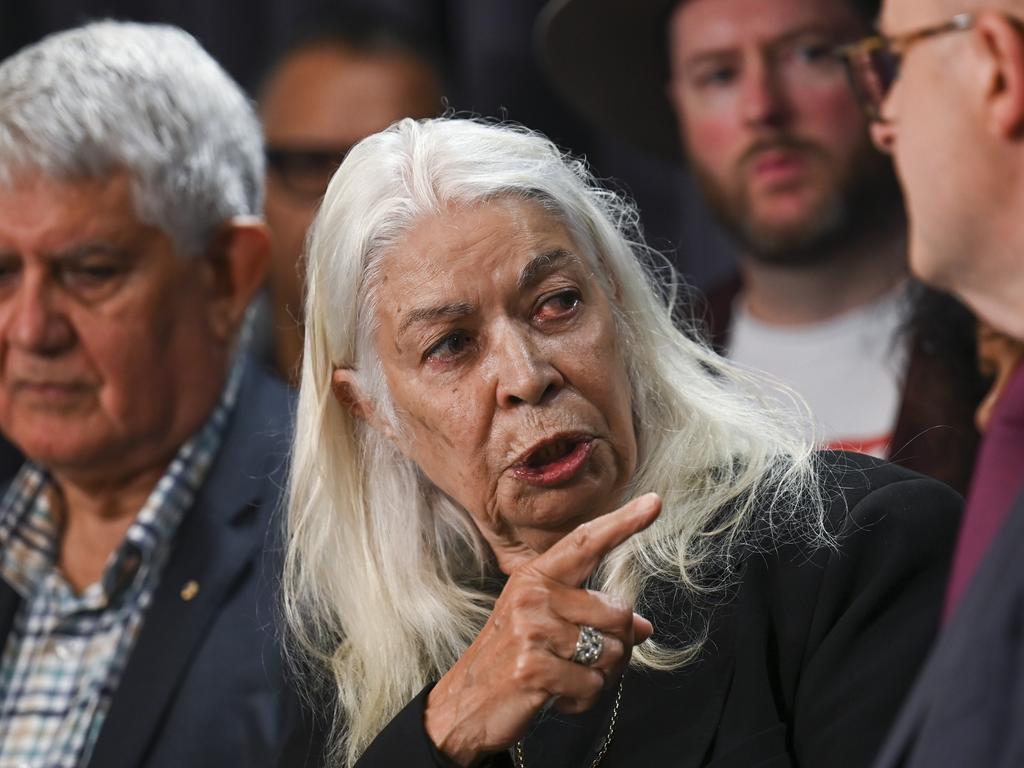
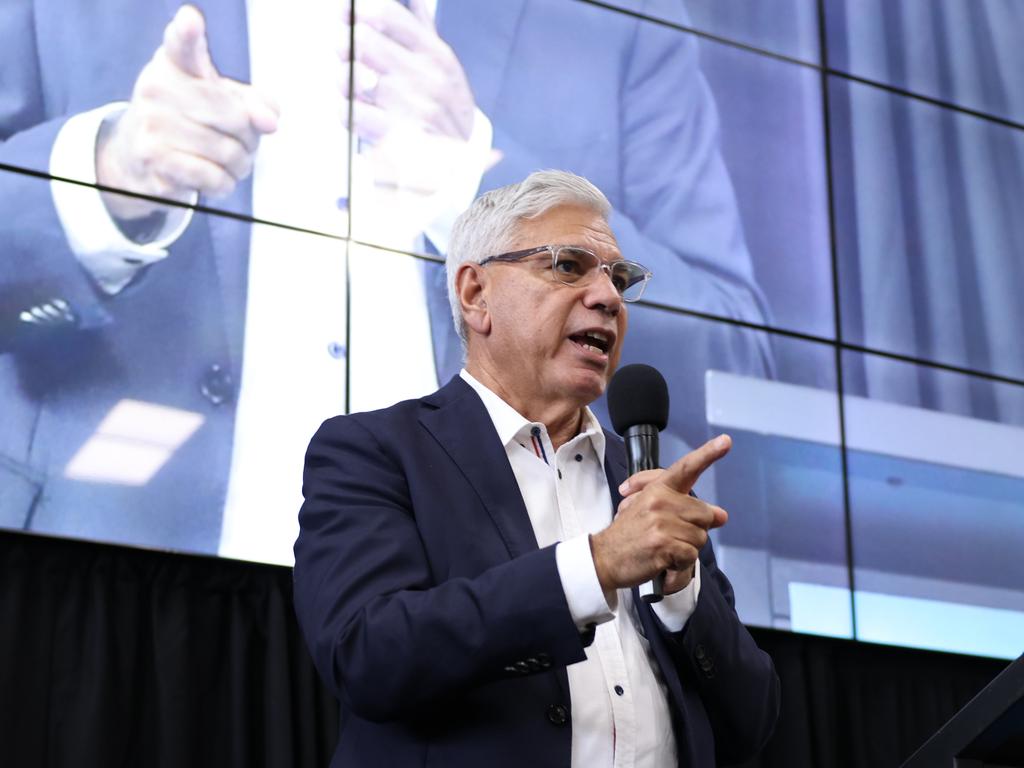
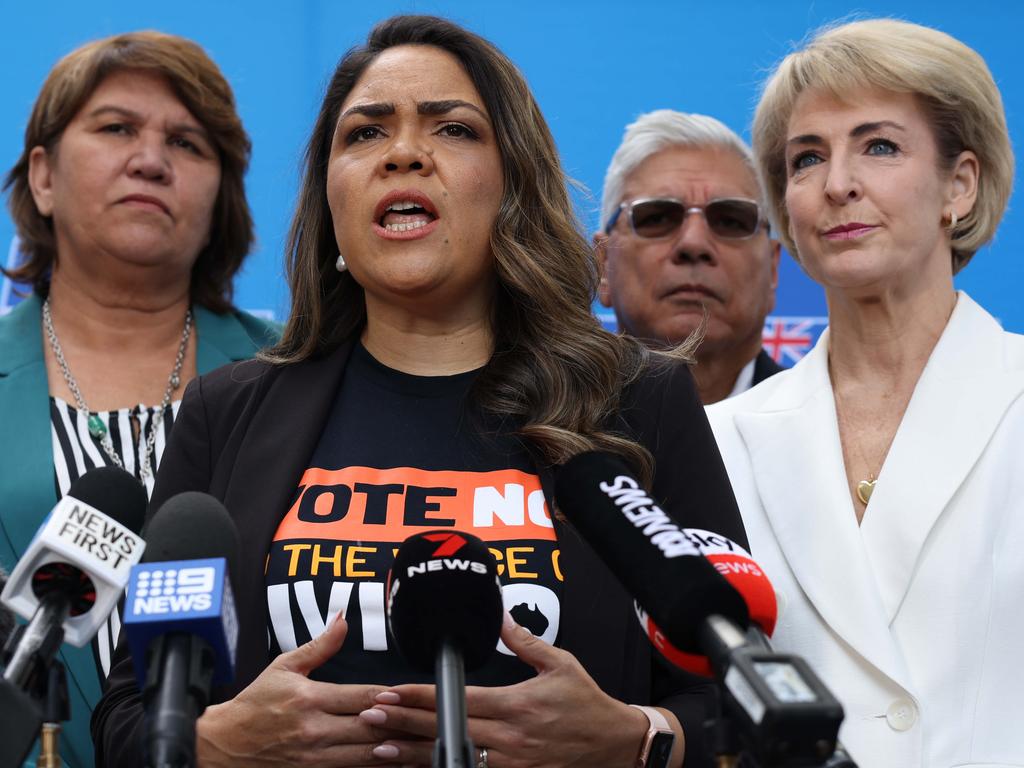
To join the conversation, please log in. Don't have an account? Register
Join the conversation, you are commenting as Logout